For some reason people seem to use the terms principles,techniques, and internal power interchangeably within the context of martial arts practice. Because of this mistake, they then tend to get confused between them. While they are all obviously related, each term is separate and distinct and should not be interchangeable with one another.
Since the degree of clarity with which we can define something determines its usefulness to use, let’s go ahead and define each one, shall we?
What does each term mean and how are they different?
Technique
A technique is the manner and ability with which a martial artist, athlete, dancer, or the like employs the technical skills of a particular art. Physical components of technique. For example, the specific technical instructions of how to apply a wrist lock like omote gyaku (or kote gaeshi if you train Aikido).
Principle
A principle is a broad based strategy, or doctrine, that applies to many different techniques. Some work for all techniques, while others cover a specific set or area of technical prowess. This would be a concept that works for all wrist locks, not just one in particular.
Internal Power
Internal power is neither a technique or a principle. It is a way of conditioning the body through specific solo training exercises and paired partner training. The training method spans thousands of years and has been handed down through the ages within the warrior traditions of India, China, and Japan. It is a body technology with a set method and detailed process of instruction that simply cannot be learned by osmosis. It must be explicitly taught.
IP vs Fighting
Here’s another area that causes a great deal of confusion, especially for martial artists. Internal power has not one thing to do with fighting in the beginning. It is a specific manner of conditioning the body. Just like yoga, Feldenkrais, or strength training, it is a way of building a strong body prior to fighting practice.
Internal Power training is a type of General Physical Preparedness (GPP) for budo. The goal of regular GPP for fitness, athletics, or martial arts is enhanced work capacity. This is the ability to run faster, jump higher, and hit harder. When work capacity increases, it allows the budding warrior to adapt more easily to increases in both mental and physical demands. In other words, it increases your capacity and level of readiness to absorb higher levels of specificity.
What internal power training does is change the way outside forces act on the body. The structure becomes dynamically stable so that applied force can either be distributed throughout the chain and dissipated or, at a higher level, simply reflected right back onto the opponent. When force is reflected back this is what is known in Japanese as Yamabiko, or Mountain Echo.
So the act of creating a connected body via Internal Power training is really just Step 1.
Learning how to use it to manipulate incoming forces to make Aiki is Step 2.
And then learning how to use Aiki to fight both with and without weapons is Step 3.
Just three steps, but a lifetime of training, practice, and application!
What do you think? Do these distinctions make sense to you? Are you ready to learn more and put it into practice? Let me know!
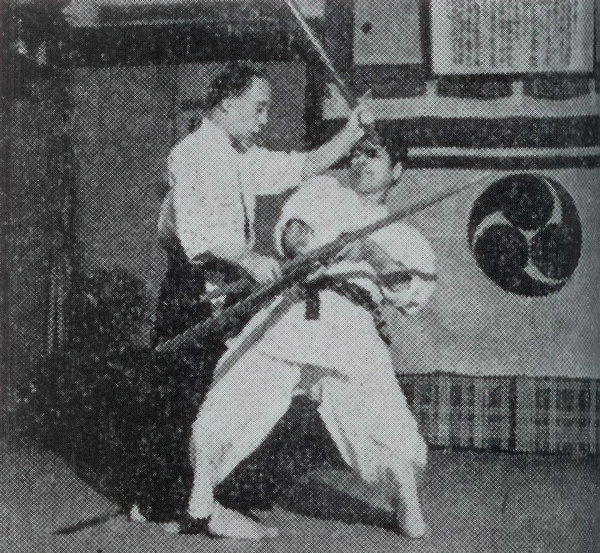
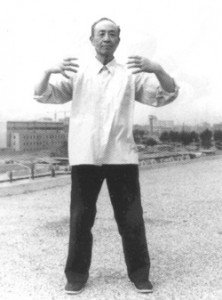
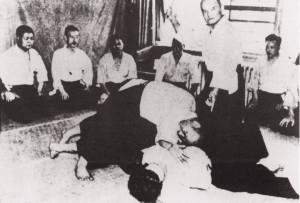
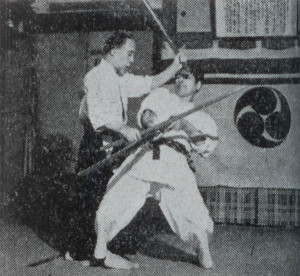
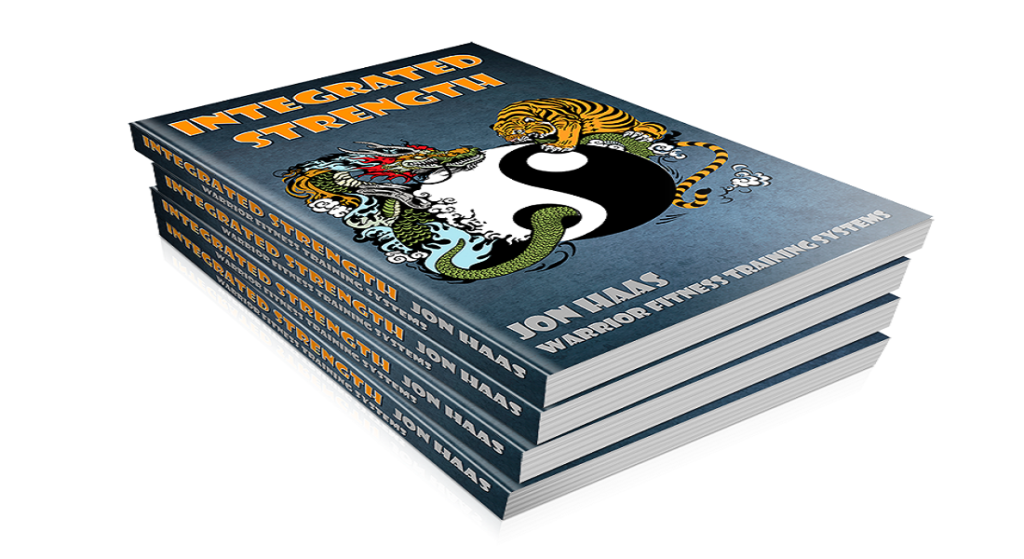




Leave A Response